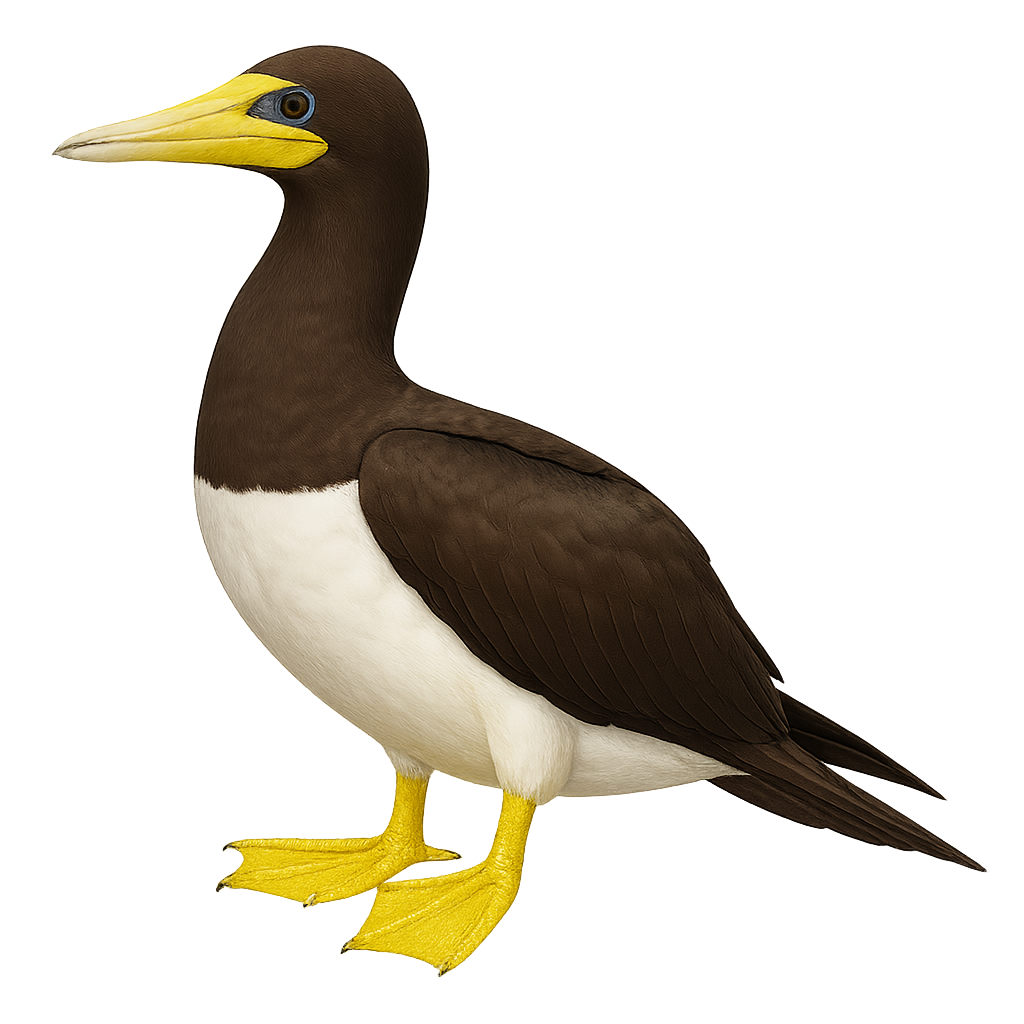Your wildlife photography guide.
Explore the brown booby in detail, study its behavior, prepare your shots.
Where to observe and photograph the brown booby in the wild
Learn where and when to spot the brown booby in the wild, how to identify the species based on distinctive features, and what natural environments it inhabits. The WildlifePhotographer app offers tailored photography tips that reflect the brown booby’s behavior, helping you capture better wildlife images. Explore the full species profile for key information including description, habitat, active periods, and approach techniques.
Brown Booby
Scientific name: Sula leucogaster

IUCN Status: Least Concern
Family: SULIDAE
Group: Birds
Sensitivity to human approach: Suspicious
Minimum approach distance: 10 m
Courtship display: February to April
Incubation: 42-45 jours
Hatchings: March to May
Habitat:
Rocky islands, coastal waters, tropical seas
Activity period :
Primarily active during the day, with peak activity in the morning and late afternoon.
Identification and description:
The Brown Booby, Sula leucogaster, is a medium-sized seabird easily identified by its chocolate-brown plumage contrasted with a white belly. It has a strong, pointed beak, perfect for catching fish by diving from the air. Adults measure about 70 to 80 cm in length with a wingspan of 130 to 150 cm. They are often seen gliding over tropical and subtropical waters, feeding mainly on fish and squid. The Brown Booby is a gregarious bird, often seen in colonies on rocky islands where it nests. Its population is stable, although threats such as pollution and habitat disturbance can affect it locally.
Recommended lens:
400mm – adjust based on distance, desired framing (portrait or habitat), and approach conditions.
Photography tips:
To photograph the Brown Booby, focus on coastal areas where it is often seen gliding. Use a lens of 400mm or more to capture precise details of its plumage and hunting behavior. Try shooting early in the morning or late afternoon to take advantage of soft, golden light. Be patient and wait for the bird to dive to capture dynamic images. Maintain a safe distance of at least 10 m to avoid disturbing the bird and use a tripod to stabilize your camera during shots.
The WildlifePhotographer App is coming soon!
Be the first to explore the best nature spots, track rutting seasons, log your observations, and observe more wildlife.
Already 1 430 wildlife lovers subscribed worldwide

